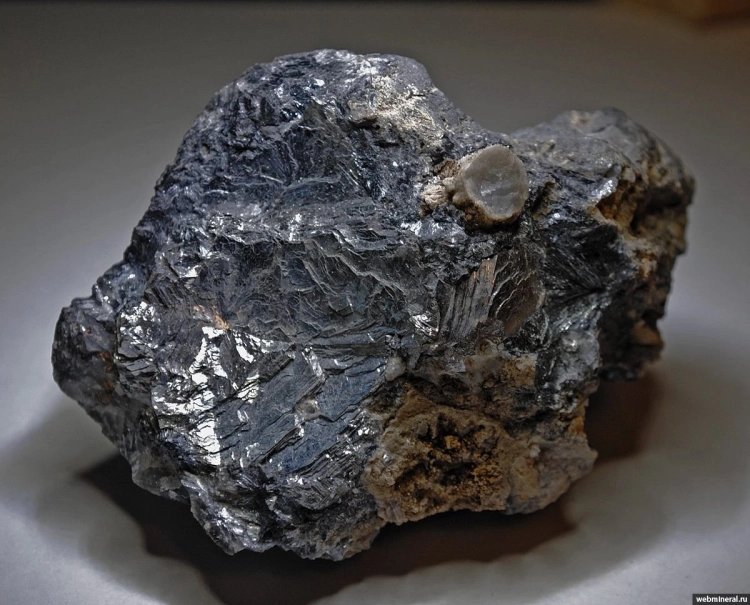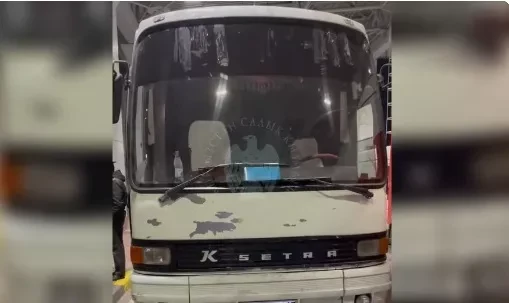Ordo Sakhna – The Folk Ethnographic Theater. Biography. The folk ethnographic theater Ordo Sakhna...

Musicians of Kyrgyzstan Create a Unified Creative Community Musicians from various bands in...
Kyrgyzstan is a small country bordering Uzbekistan, Kazakhstan, and Russia. The main attractions...

Bishkek resident Nursultan Alibekov won the online voting of the "Guy of the Month"...

For the first time in the history of Central Asia! SEPULTURA Legends of heavy music, founding...

Great Spotted Woodpecker Status: VI, Near Threatened, NT: R. Kyrgyzstan is home to Dendrocopos...

Pink Pelican Status: VI category, Near Threatened, NT: R. One of 2 species of the genus, rarely...

Great Black-headed Gull Status: VI, Near Threatened, NT: R. One of 6 species of the genus in the...

Rosetted Thorough-wax Status: VU. Rare species. One of six species of the genus found in...

Great Bustard Status: III, Critically Endangered, CR: R, A1. The nominative subspecies Otis tarda...

Wolly-fruited Kosopoljanskia Status: EN. Endemic. One of the two species that are sub-endemic to...

Schneider’s Gold Skink Status: Category ENB1ab(iii). A sporadically distributed south-Turanian...

Chuy Ostroluchka Status: 2 [CR: C]. Possibly already extinct in Kyrgyzstan, an endemic...

Eastern Sand Boa Status: Near Threatened (NT). One of 10 species of the genus, which includes...

On July 26, 2015, at 10:00, the Open Championship of Bishkek in Duathlon will take place in...

Aulie-Ata Stemmacantha Centaury Status: EN. A very rare species, critically endangered....

Sievers’s Apple-tree Status: LC category. A polymorphic species of the mountain-central Asian...

Gray Monitor Status: Category CR A4bc; E. In Kyrgyzstan - fragmented populations of the declining...

Davan. In the Fergana Valley, a powerful state emerged in the 1st millennium BC. In Chinese...

Ostrovski’s Tulip Status: VU. A narrowly endemic species of the Kyrgyz and Zailiysky ranges. It...

The increase in demand for antimony is driven by the development of high technologies, where it is...

Rhodiola litwinowii Status: LC. A mosaic-distributed species, intensively used in agriculture....

At the checkpoint "Ak-Zhol," tax officials, together with border guards, identified an...

Desert Long-eared Bat Status: Category VII, Lower Risk - Least Concern, LR/lc....

Broad-eared bat Status: Category VII, Lower Risk/least concerned, LR/lc....

Renard’s Meadow Viper Status: Category VUA4bc. A subspecies of the south-west Palaearctic species,...

Performer: Tahir Jumabaev...

Lesser Horseshoe Bat Status: Category VI, Near Threatened, NT: R. A species with a declining...

Related Tulip Status: VU. Endemic species of the northern Pamir-Alai. The species is at risk of...

Issyk-Kul Marinka Status: 2 [EN: D]. A rare taxon inhabiting Lake Issyk-Kul. Its...

Catmint-like Scullcup Status: VU. A very rare narrowly endemic species. Ornamental plant....

Central Asian Tortoise Status: VU Blab (ii, iii, v); Cl. A representative of a monotypic genus,...

Large-calyxed Primrose Status: VU. In Kyrgyzstan, it is a very narrowly distributed, rare,...

Said-Aliev’s Toad Agama Status: Vulnerable (category VUBlab(iii)). A narrowly distributed relic...

Batyraliev Talantbek Abdullaevich (1960), Doctor of Medical Sciences (1999), Professor (2001)....

Vvedensky’s Sage Status: VU. A very rare narrowly endemic species. An ornamental plant....

Edelweiss-like Pyrethrum Status: VU. Endemic species....

Tapered Net-cap (Dictyocephalus attenuatus (Peck) Long et Plunkett). Status: VU. A very rare...

Golden Trichanthemis Centaury Status: VU. A rare narrowly endemic species of the Alai Ridge, an...

In anticipation of the new school year, from August 21 to August 30, 2014, the annual fair of...

Zenaida’s Tulip Status: VU. A narrowly endemic species of the Kyrgyz Ridge, at risk of rapidly...

Chekeev Asylbek Asakeevich (1962), Doctor of Physical and Mathematical Sciences (1998), Professor...

Central Asian Frog Status: Category VUB1ab(iv). A mosaic-distributed species with a disjunct and...

Minkwitz’s Bastard Toad-Flax Status: CR. Subendemic. An extremely rare relict plant that is...

Sclerotiaria pentaceros Status: CR B2ab(iii). Endemic to a monotypic genus....